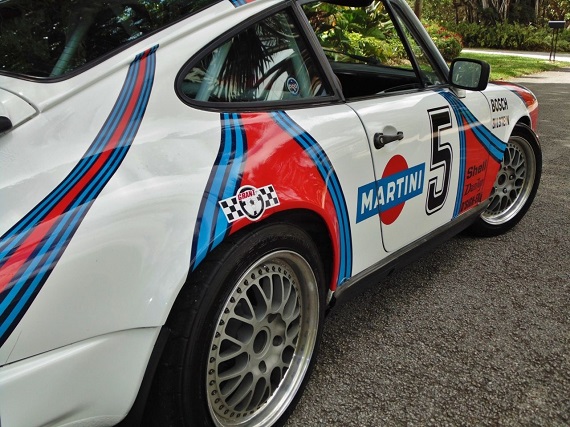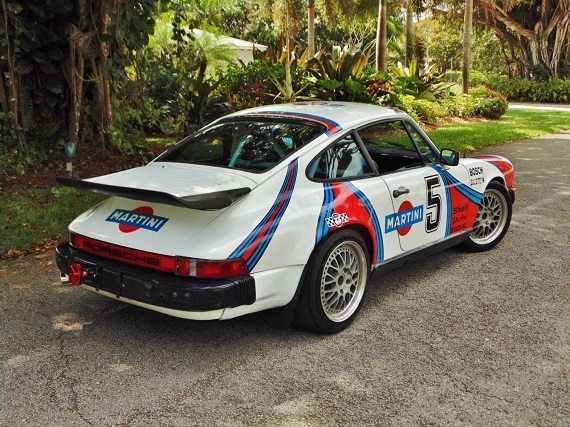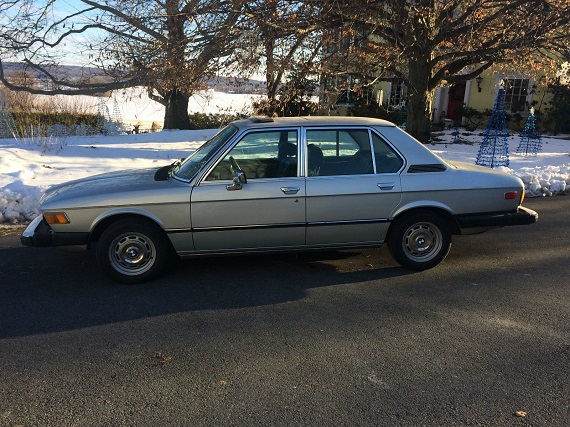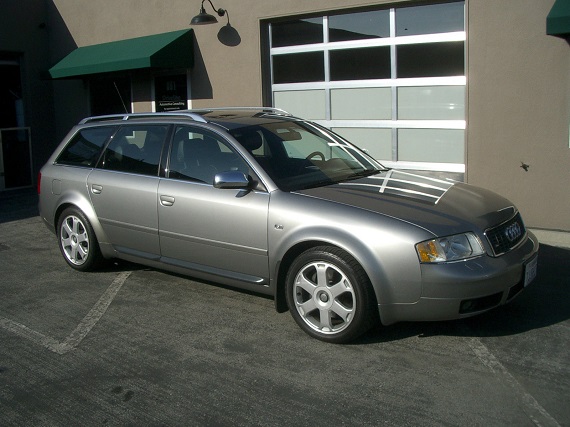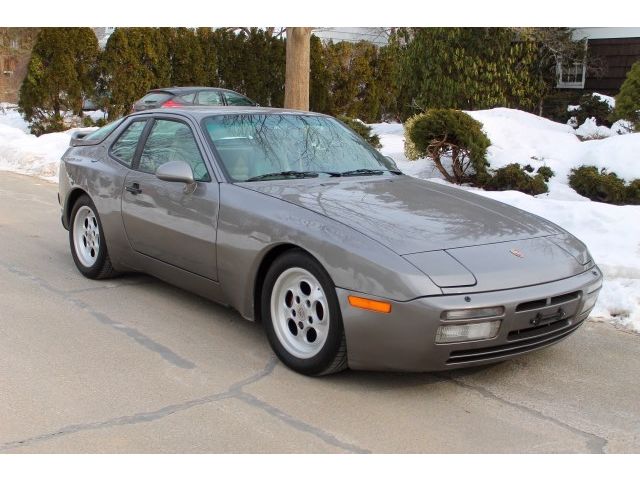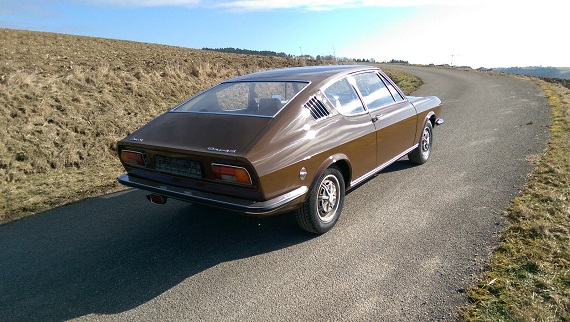In my opinion, there is no better livery ever than the various iterations of Martini Racing colors. It was hugely exciting when the colors were reintroduced on the 2014 Williams F1 cars; one of the most storied and celebrated color combinations, the Martini colors have graced everything from Formula 1 to Rally Cars and everything in between. Yet wherever they turn up, they always seem to fit just right. Even the Martini edition 924, which was really nothing more than an appearance package, somehow looks so much better than the standard 924 because of the white background with red stripes. My favorite rendering of the Martini colors is probably the Elford/Larrousse 917LH from 1971 Le Mans. With a silver background and the Martini colors cascading elegantly over the sinuous curves of the long tail 917. However, number 21 wasn’t the winner of the 1971 Le Mans; instead, it was the sister 917K driven by Helmet Marko of recent Red Bull fame and Gijs van Lennep (the name rolls of the tongue) in the magnesium framed short tail that won. That car was Martini sponsored too, but a white background with the red and blue stripes falling over the fenders – mimicked by today’s 911 Carrera:
Author: Carter
Being an Audi fan, I’m aware of what a bad reputation can do to cars. In the 1970s, Audi gained a reputation for unreliability and poor electronics; perhaps justified, considering the many stories that people have about early Audi 100 ownership. However, it’s a haunting reputation that amazingly nearly 40 years on they’re still trying to shake. It looked as if by the early 2000s they had done so, but now a generation on, the cars from that generation have their own problems and have bred more discontent generally from enthusiasts on the outside looking in. The result is that it’s damn near impossible to find a nice condition Audi from the 1970s, and in just a few years we’ll see the same thing with 1990s Audis, too.
Where am I going with this, considering this is a listing for a BMW? Well, the early E12s had their own problems, but notably that was an issue in the U.S.. That’s because to meet U.S. market regulations, the E12 was made slower and more ugly. Large 5 m.p.h. bumpers were fitted, and compression on the M30 was dropped to meet lower fuel standards. Additionally, to burn off hydrocarbons to meet emissions regulations, the 530i was fitted with thermal reactor manifolds. They did as their name suggested, though the reaction unfortunately many times was with the internals of the engine – warping heads and frying valves. It was a debacle which spelled the death of the 530i, reborn as the 528i in 1979. Coupled with rust issues that this generation BMW had, it’s now quite hard to find an original U.S. spec 530i:
CLICK FOR DETAILS: 1977 BMW 530i on eBay
Comments closedWhy hasn’t the enthusiast community for classic German cars jumped all over the Porsche 944 Turbo? While this question doesn’t keep me awake at night, I still find it baffling. Take the E36 M3, for example – not only was the U.S. press ablaze when it was launched with a staggering 240 horsepower back in the day, but the enthusiastic base that supports the M models still finds them an awesome deal in the teens. Yet the Porsche 944 Turbo offered all of the performance and handling of the M3 a generation prior, and with some simple tuning they can easily outpace the Munich missiles. Is there a comparable from Audi? Sure, if you could find one of the ’85 Quattros around – or the lone ’86 that was imported – they’re similar in many ways, but you can’t touch them for the price of the 944 Turbo and frankly in terms of performance they’re not a match. Even the unappreciated Mercedes-Benz 190E 2.3-16V seems to have stronger support, and drive one back to back with a sorted 944 Turbo and you’ll wonder why people are willing to pay the same amount for them. Why, then, does most of the world pass them by? Because they’re not a 911? Seems silly to me:
CLICK FOR DETAILS: 1986 Porsche 944 Turbo on eBay
4 CommentsOne of the benefits to U.S. automobile enthusiasts of the recent global economic slowdown is the raise in value of the dollar relative to the Euro. For some time, the Euro was nearly a two to one ratio – it made contemplating importing vintage cars hard to stomach, because you needed to double the price and then deal with the headache and cost of importing the car. With it much closer to one to one as it is today, perusing the halls of German eBay suddenly becomes less of a pipe dream and more of a potential reality. Of course, if you’re going to be going through the difficulty of importing something, it better be worth it! For me, there are a plethora of rare Audis that I’d love to import. However, it does seem silly to import a S4 or S6, for example, since they were available here as well and you could get a pretty nice example. No, it seems to make more sense to look for something that you just don’t see on a regular basis – like this 1973 Audi 100 Coupe S, for example:
